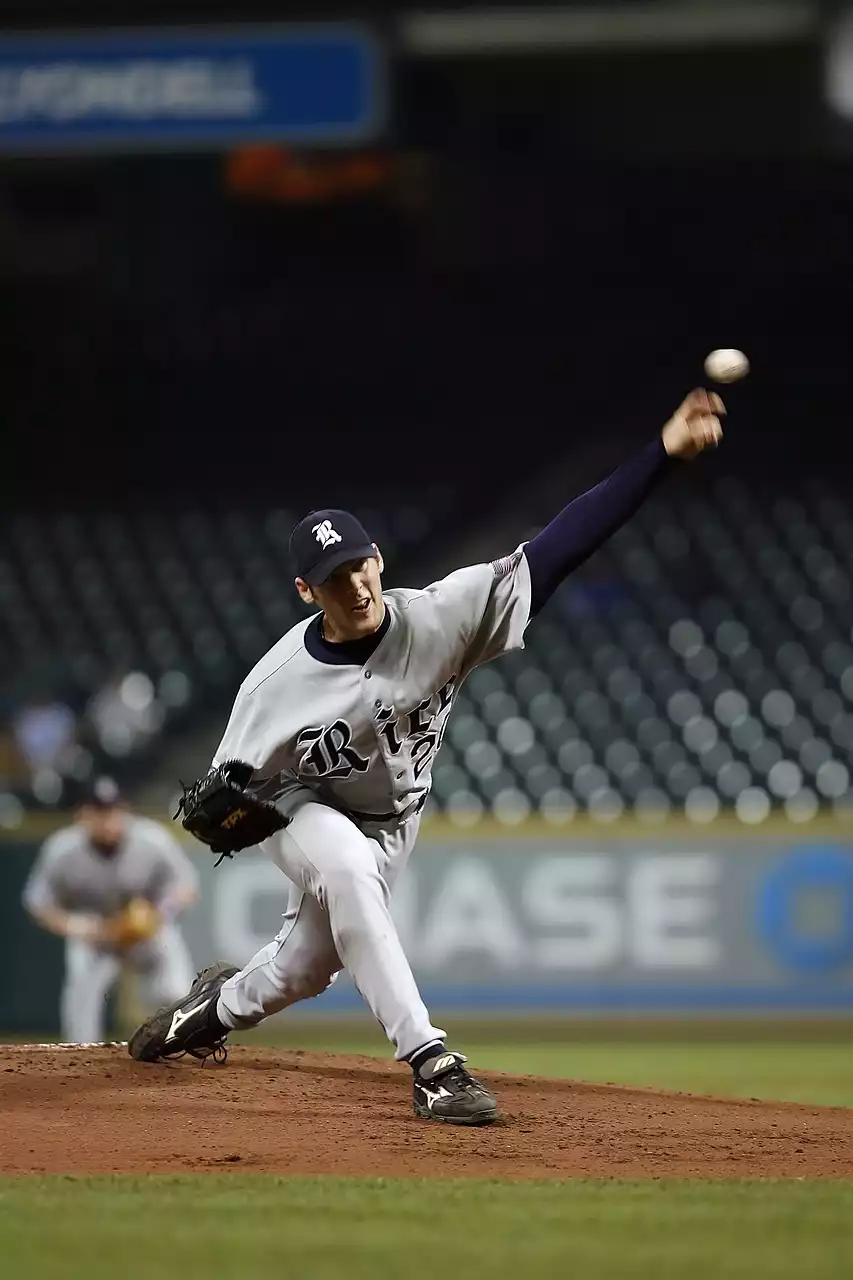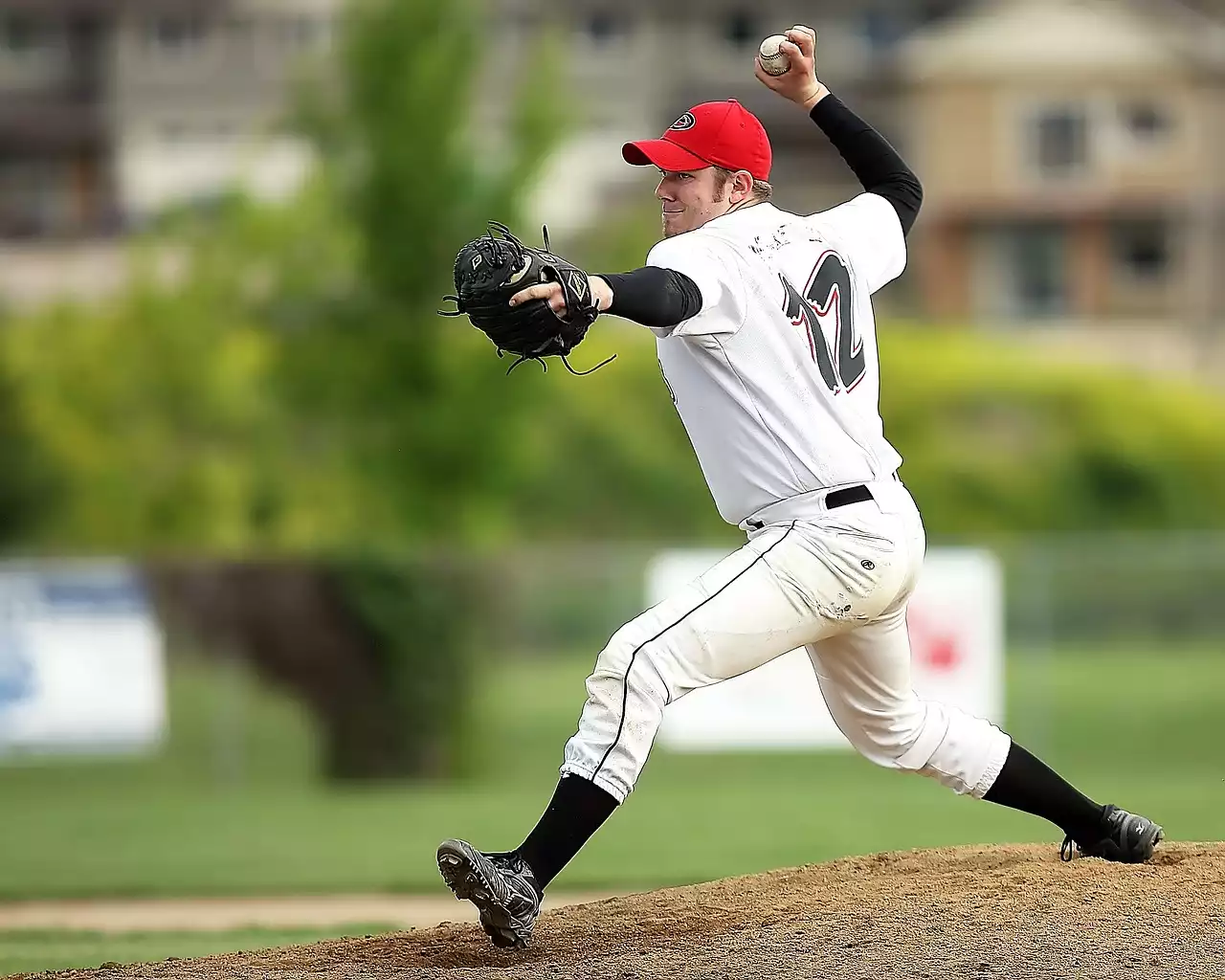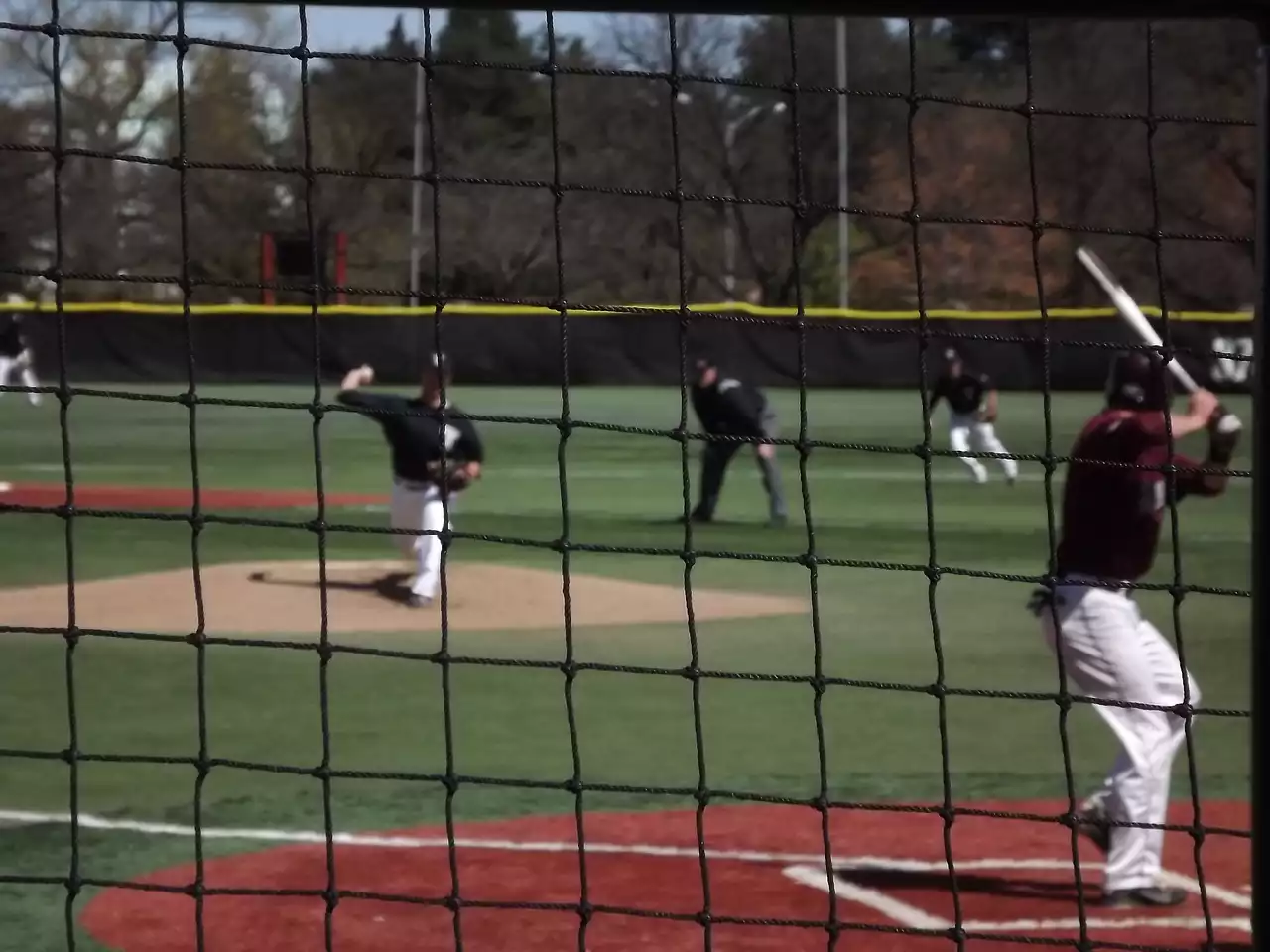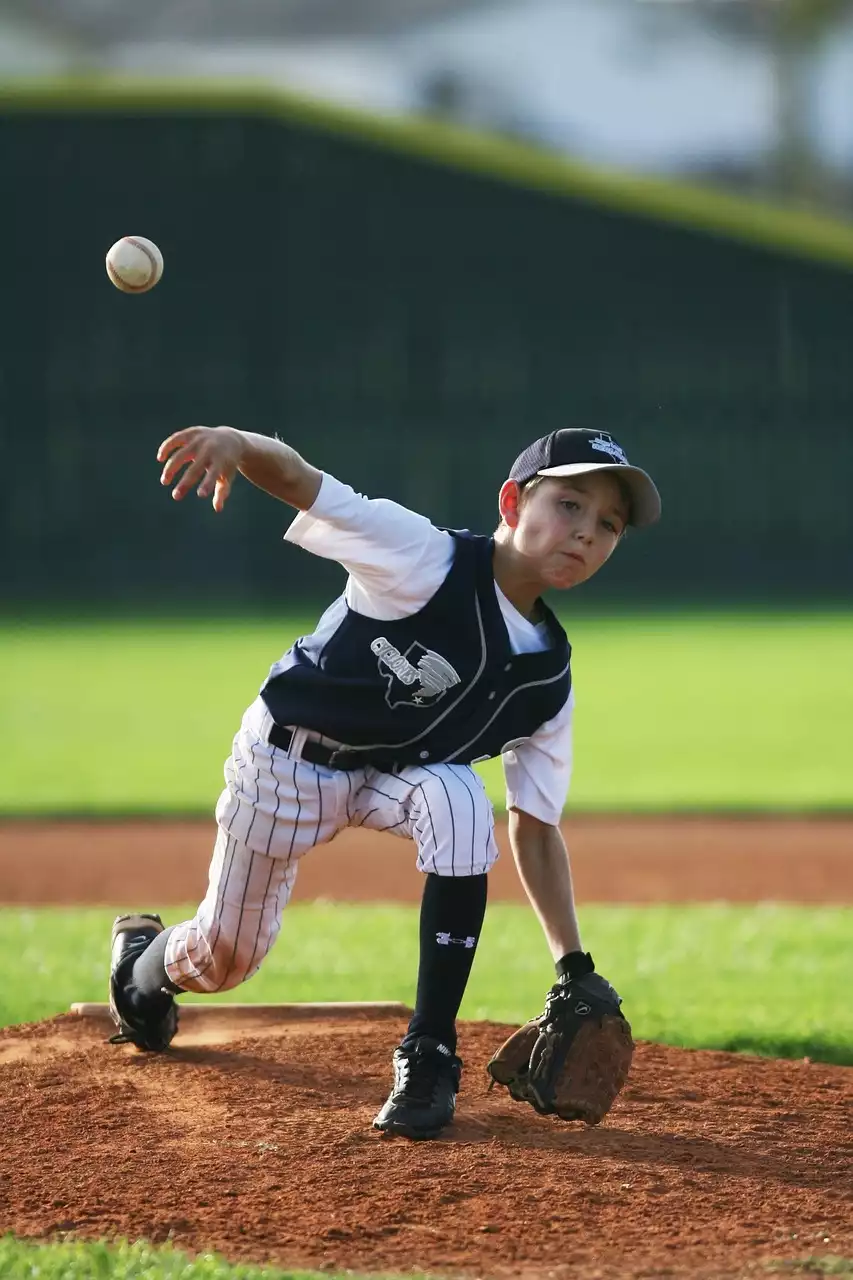The Different Grips for Pitching
The first step in mastering the mechanics of pitching is to understand the different grips. Different grips can help a pitcher control the ball better, increase the speed of the pitch, and even change the break or movement of the ball. There are four basic grips for pitching: the four-seam fastball, the two-seam fastball, the changeup, and the curveball.
The four-seam fastball grip is the most basic and common grip used by pitchers. It involves holding the ball with the fingertips and thumb of the pitching hand, with the palm facing the ground. This grip allows the pitcher to maximize the speed of the pitch, as the ball will travel in a straight line when released.
The two-seam fastball grip is similar to the four-seam grip but slightly different. The ball is held with the fingertips and the middle finger and the thumb, with the palm facing up. This grip allows the pitcher to add movement to the pitch, as the ball will break or move away from the intended target.
The changeup grip is used to throw a slower pitch than a fastball. It involves holding the ball with the middle and index fingers and the thumb, with the palm facing the ground. This grip will cause the ball to drop in speed and usually break or move away from the intended target.
The curveball grip is used to throw a pitch with a sharp break or movement. It involves holding the ball with the middle and index fingers and the thumb, with the palm facing up. This grip will cause the ball to break or move sharply away from the intended target.
Arm Action and Follow Through
Once the grip has been established, the pitcher must focus on their arm action and follow through. The arm action is the motion of the arm and hand from the start of the windup to the release of the ball. The arm action should be smooth, with the arm and hand working together as one unit. The follow-through is the motion of the arm and hand after the ball has been released. The follow-through should be completed in a straight line and should be in the same direction as the intended target.
The arm action and follow-through are important to ensure the ball is released at the correct speed and with the correct spin. If the arm action and follow-through are not correct, the ball may not reach the intended target or have the desired break or movement.
The Windup Position
The windup position is the starting position for the pitcher. It is important to have the correct posture, as it will affect the arm action and follow-through. The pitcher should be standing up straight, with the feet slightly wider than shoulder-width apart. The hips should be slightly open and the arm should be bent at a 90-degree angle. The ball should be held in the pitcher’s glove with the palm facing the ground or up. This position will allow the pitcher to properly rotate the shoulders and hips and generate the necessary momentum for the arm action and follow-through.
The Release Point
The release point is the position where the ball is released from the hand. It is important to have the correct release point as it will determine the accuracy of the pitch. The release point should be in front of the body, with the arm extended and the elbow slightly bent. The ball should be released when the arm is at its maximum extension. This will ensure the ball is released with the correct spin and velocity.
The Types of Pitches
Once the basic mechanics of pitching are understood, a pitcher can begin to develop different types of pitches. There are several different types of pitches, including the fastball, curveball, slider, changeup, and knuckleball. Each pitch has its own unique characteristics and requires a different grip and arm action. It is important for pitchers to practice and master each pitch in order to become a successful and consistent pitcher.
Tips for Improving Your Mechanics
In order to become a successful pitcher, it is important to have a good understanding of the mechanics of pitching and practice them regularly. Here are some tips that can help improve pitching mechanics:
-Focus on the basics: Focus on mastering the basics of pitching and don’t get caught up in the details. Work on the grip, arm action, and follow through until they become second nature.
-Practice regularly: Practice makes perfect. Make sure to practice regularly in order to perfect the mechanics of pitching and develop new pitches.
-Watch and learn: Learn from other pitchers. Pay close attention to how other pitchers grip the ball, their arm action, and follow through. This can help you develop a better understanding of the mechanics of pitching and improve your own technique.
Training Exercises for Baseball Pitching Mechanics
Practice is essential in order to become a successful pitcher. Here are some exercises that can help improve pitching mechanics:
-Throw from a wall: Stand 10 to 15 feet away from a wall and practice throwing the ball at the wall. This will help improve the accuracy of the pitch and the arm action.
-Throw with a partner: Have a partner stand in front of you and practice throwing the ball to them. This will help you focus on the arm action and follow through, as well as the accuracy of the pitch.
-Throw at a target: Set up a target and practice throwing the ball at it. This will help you focus on the accuracy of the pitch and the spin of the ball.
Common Mistakes and How to Avoid Them
Common mistakes can cost a pitcher in terms of accuracy and velocity. Here are some common mistakes and how to avoid them:
-Incorrect grip: Make sure to use the correct grip for each pitch. Incorrect grips can cause the ball to move in the wrong direction or not reach the intended target.
-Incorrect arm action: Make sure to use the correct arm action and follow through for each pitch. Incorrect arm action can cause the ball to move in the wrong direction or not reach its intended target.
-Incorrect release point: Make sure to release the ball at the correct point. Incorrect release points can cause the ball to move in the wrong direction or not reach its intended target.







.png?size=50)

